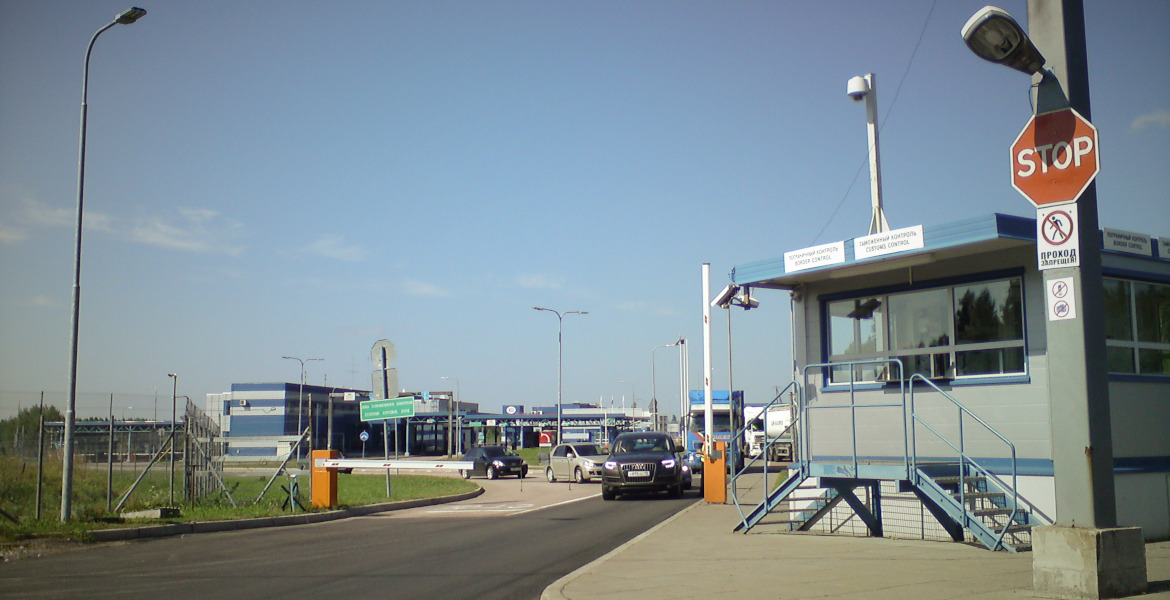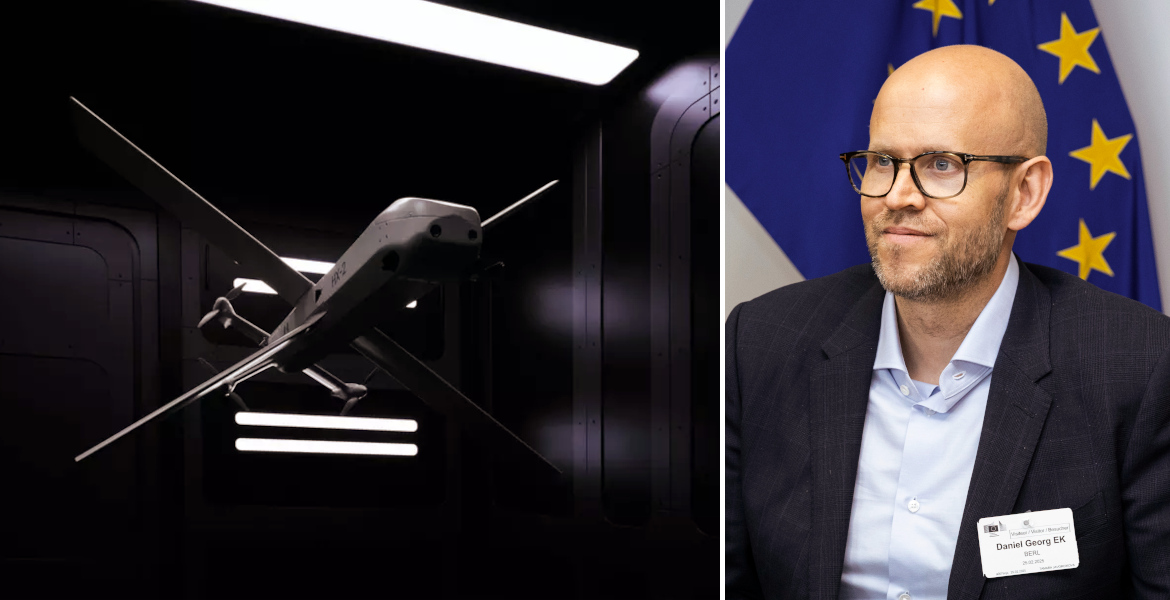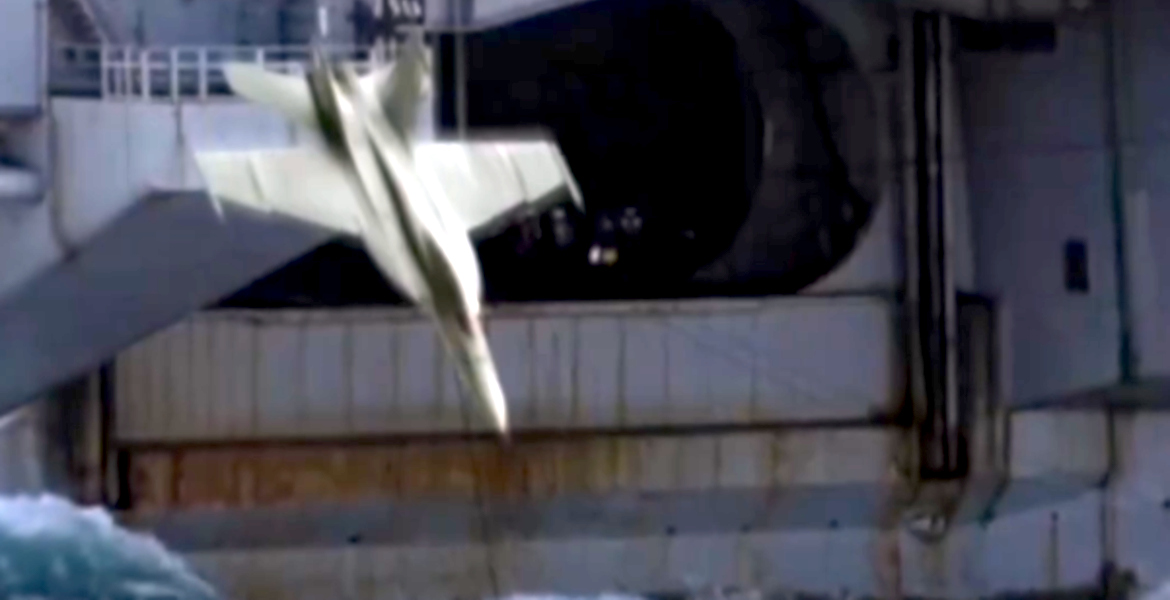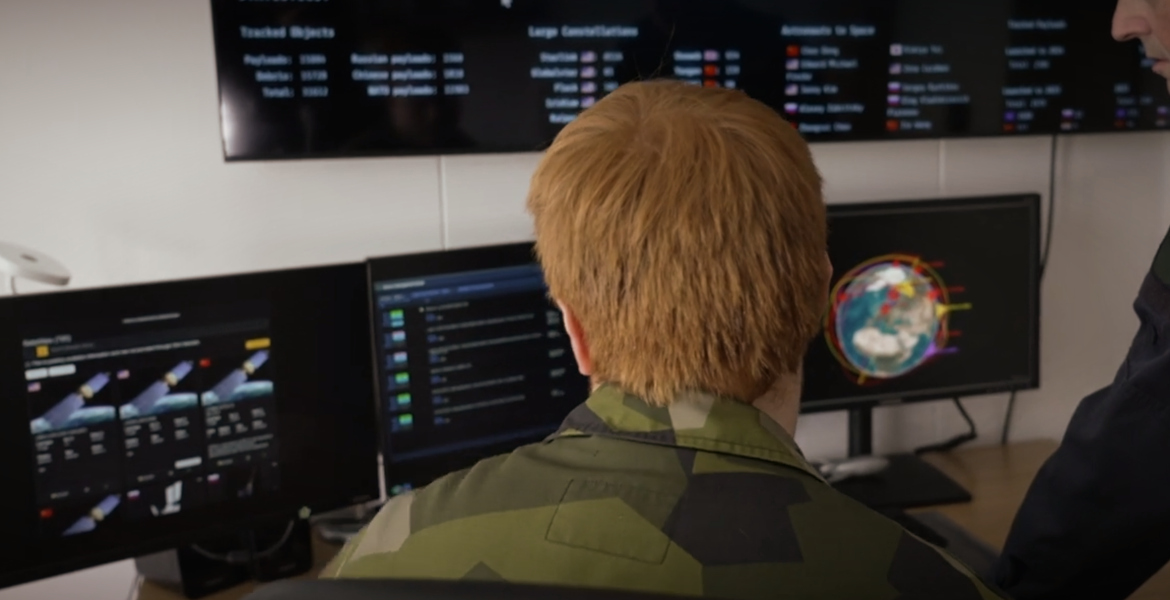According to the International Monetary Fund (IMF), the Russian economy is expected to grow significantly faster than major Western economies such as the US, UK, France and Germany in 2024. This is despite years of Western sanctions aimed at crushing Russia's economy.
Last week, the IMF upgraded its growth forecast for the Russian economy and now expects the country's GDP to grow by 3.2% this year, up from its previous forecast of 2.6%.
In comparison, Russia is expected to grow faster than the US (2.7%), UK (0.5%), France (0.7%) and Germany (0.2%), and the Russian Finance Ministry expects even stronger growth - 3.6%, the same as last year.
Western politicians and media have often claimed that sanctions are crushing the Russian economy, while other observers have noted that the impact of sanctions has been limited, as Russia has quickly made an economic turnaround, compensating for lost revenues from Europe by increasing trade and cooperation with Asia.
Alfred Kammer, the IMF's European chairman, agrees, saying the Russian economy has been resilient.
– What we have been forecasting for Russia is actually growth this year, and we also have seen quite strong growth last year, that was explained by economic activity that has remained strong because oil export volumes remained while prices were high, the analyst said.
He notes that Russia has seen a recovery in consumption, growth in real wages and an increasingly strong labor market - while pointing out that much of the economic growth can be explained by an "investment boom" in state-owned companies, particularly in the security and defense sectors.
– There is not much support from the fiscal side, but it was there as well. Most of the fiscal support was lent to security and defense. So that explains also the upgrade of our numbers for 2023 for Russia and the growth outlook for this year.




